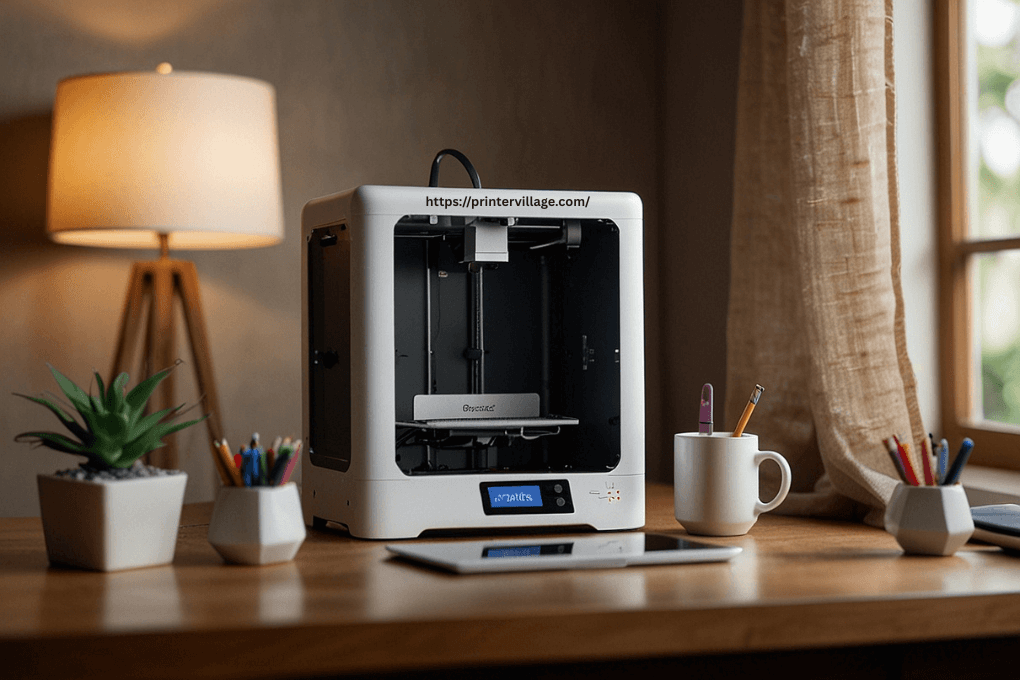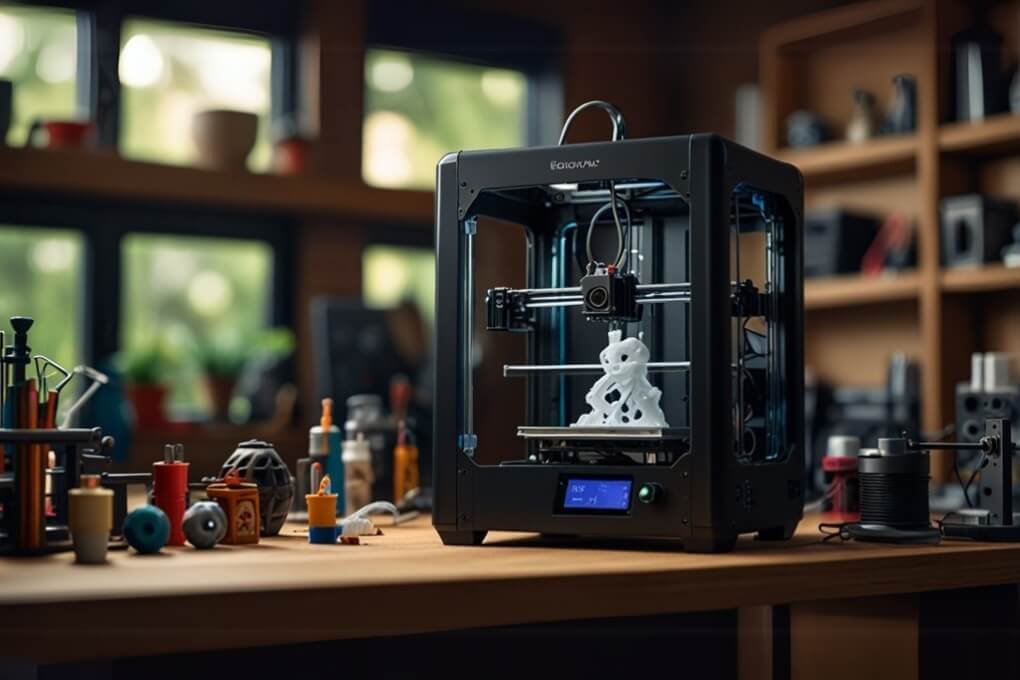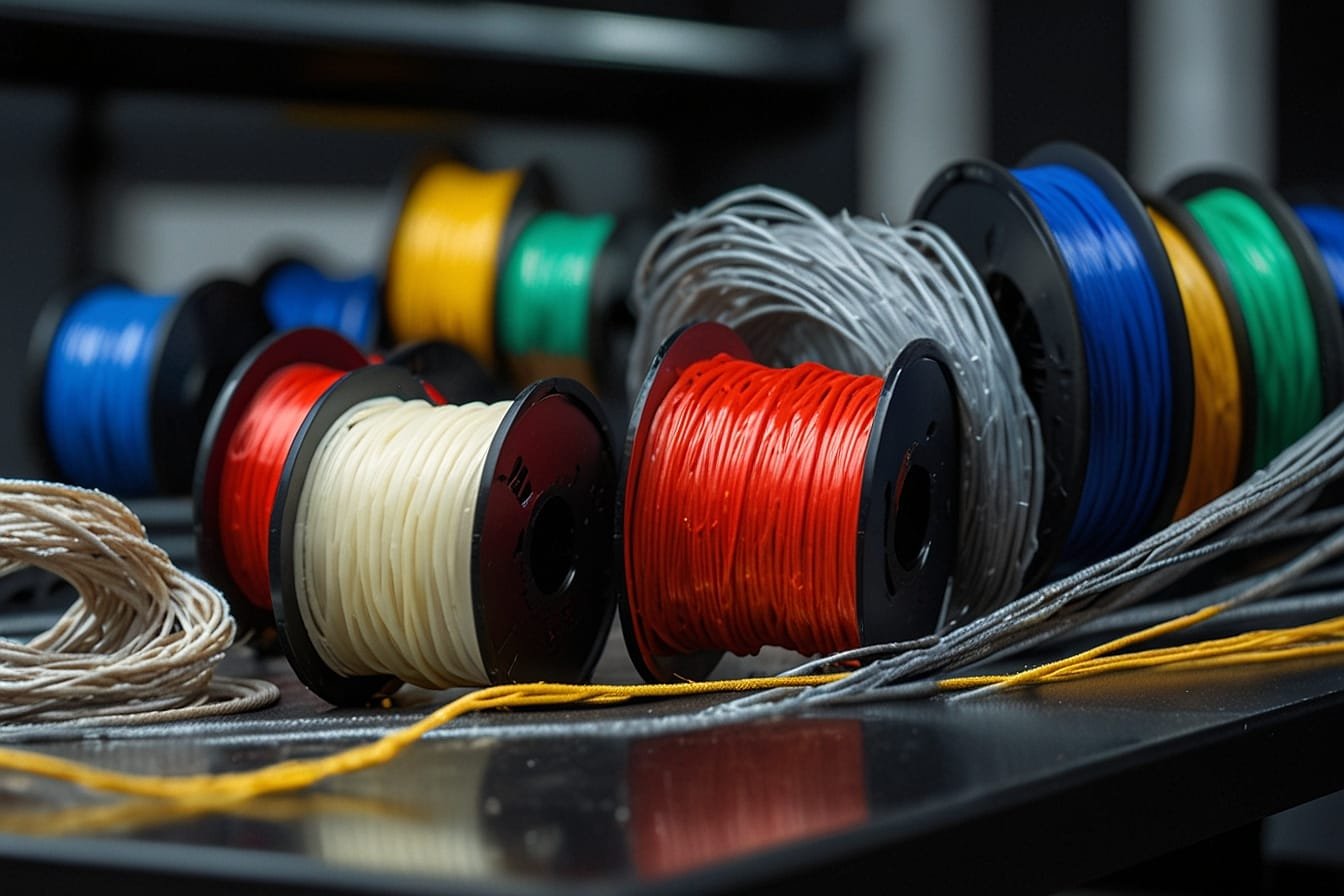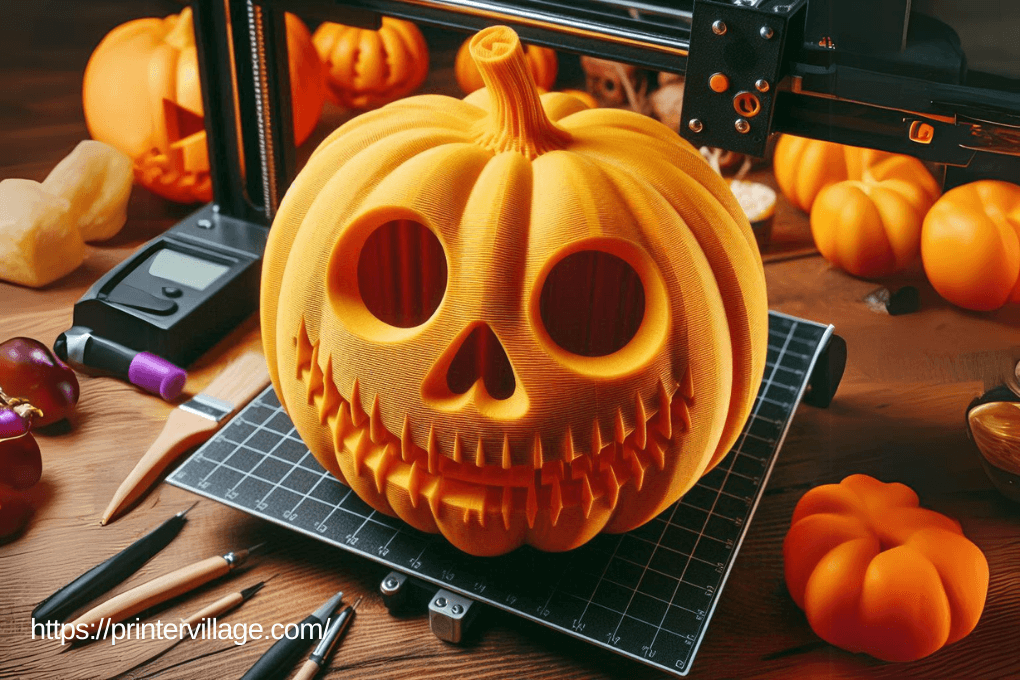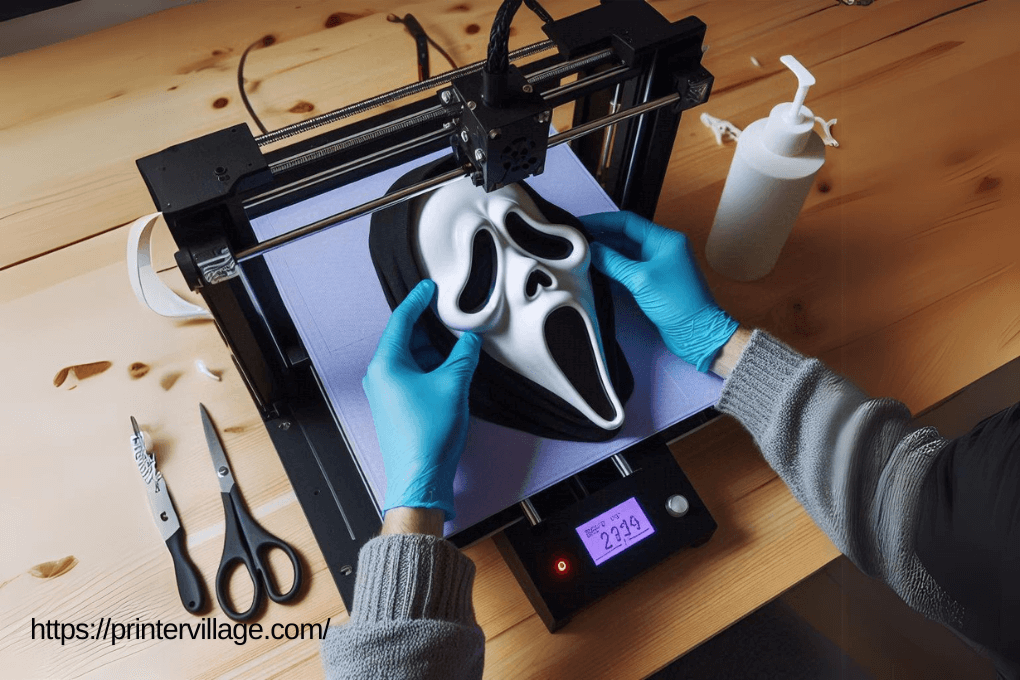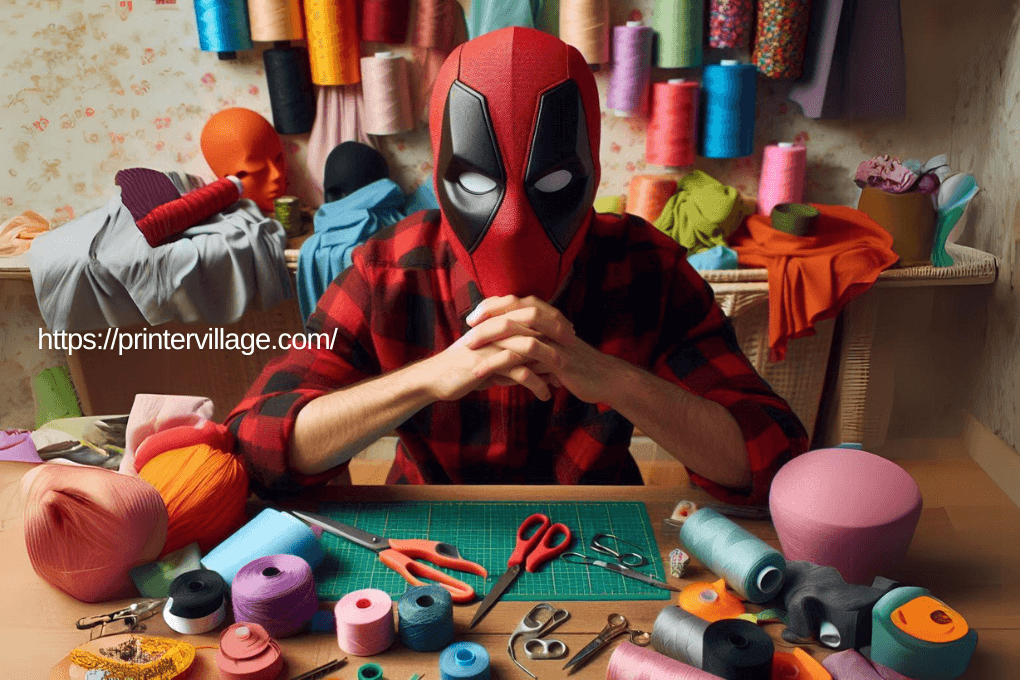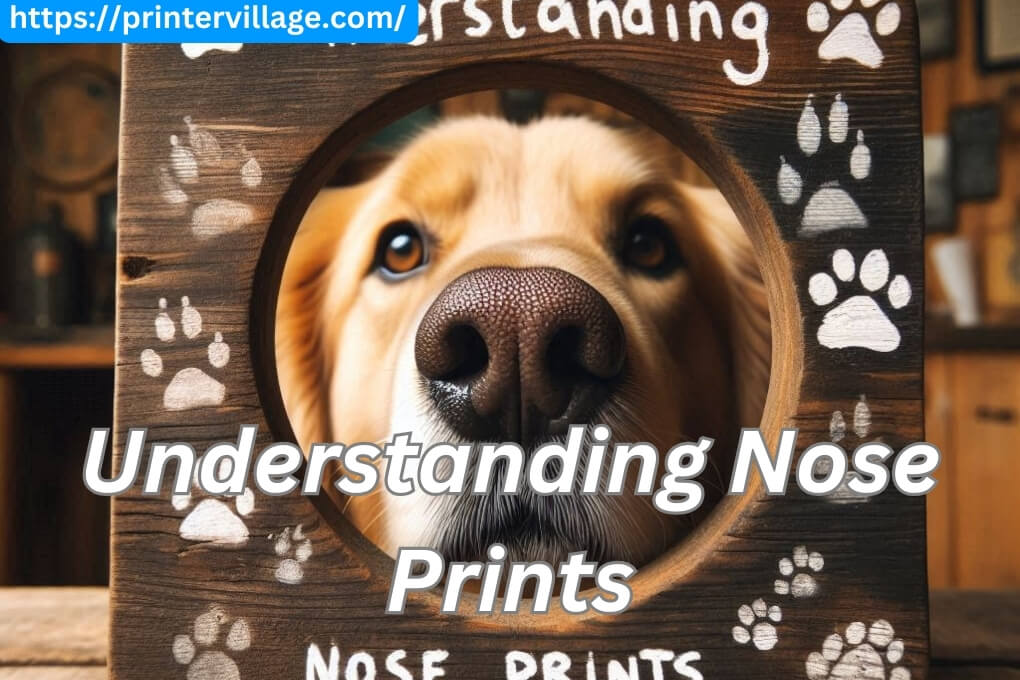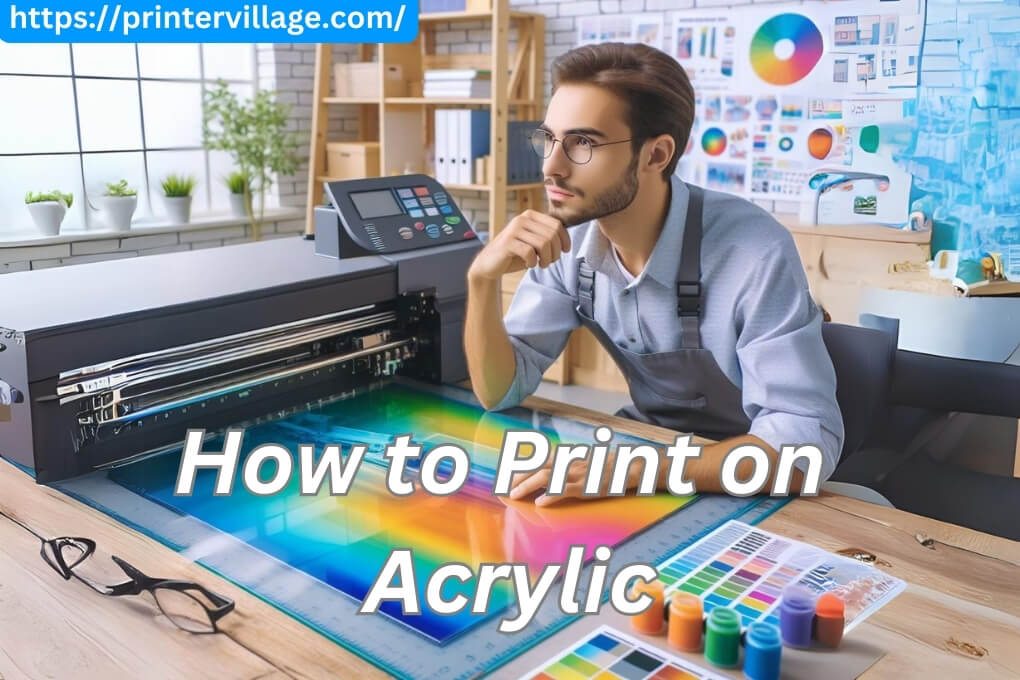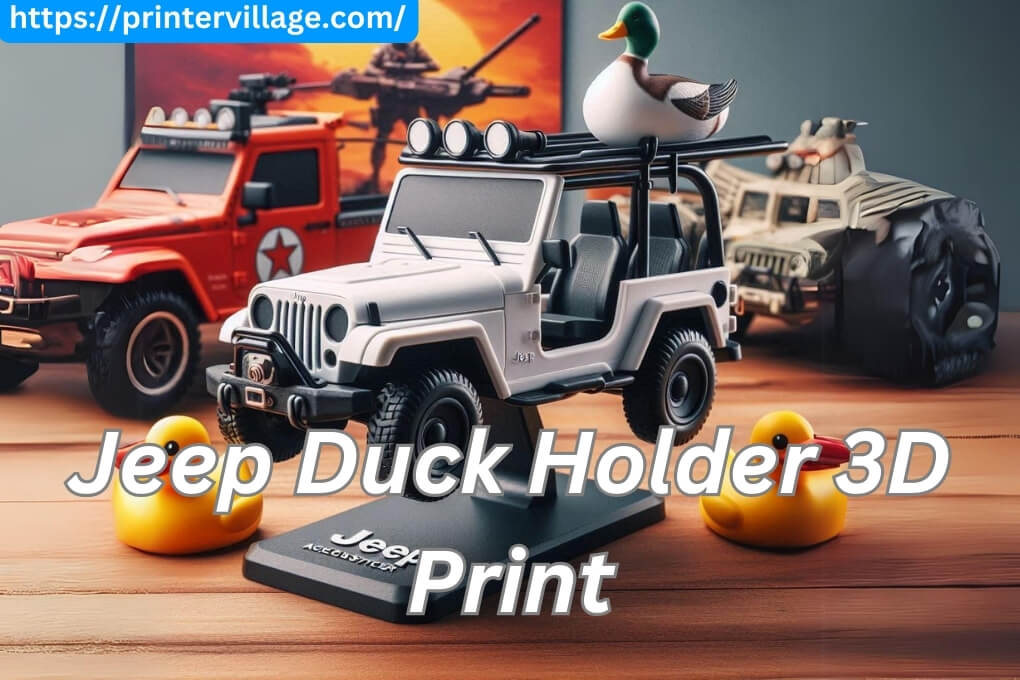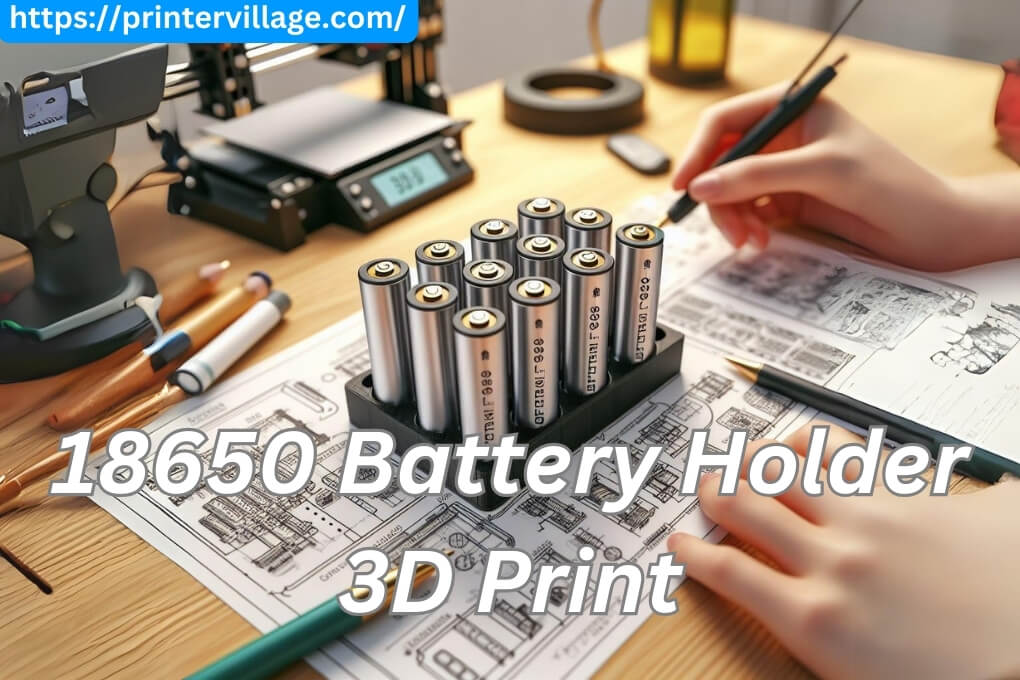Looking for the best 3D printer for beginners in 2025? This guide simplifies the selection process for newcomers. We explore beginner-friendly options, comparing ease of use, key features, and affordability. Discover how to choose your ideal entry-level 3D printer and confidently start your 3D printing journey.
Introduction
Imagine bringing your digital creations to life, holding a physical object that you designed yourself. This is the exciting world of 3D printing, and it’s becoming more accessible than ever before. Whether you’re a curious hobbyist, a student eager to innovate, an educator looking to inspire, or a DIY enthusiast seeking new possibilities, a 3D printer can unlock a universe of creativity.
However, stepping into this realm for the first time can feel overwhelming. With a plethora of models boasting various features and price points, knowing where to start can be daunting. That’s where this guide comes in. We’ll simplify the selection process, highlighting some of the top beginner-friendly 3D printers available and outlining the key factors you should consider before making your first purchase.
Let’s embark on this exciting journey together and find the perfect 3D printer to kickstart your creative endeavors!
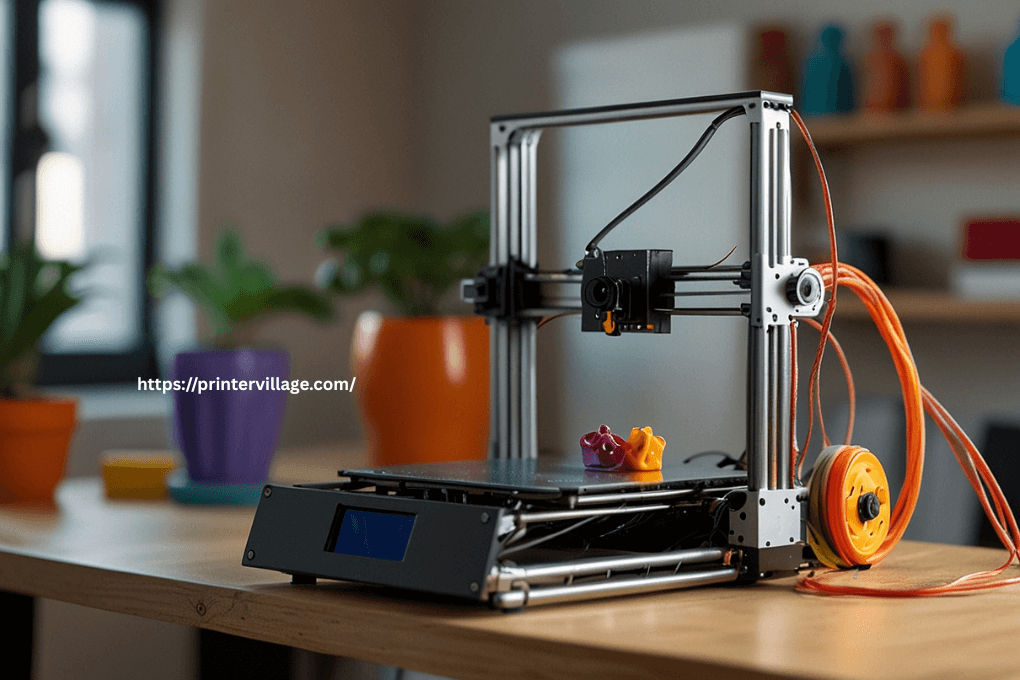
What Makes a 3D Printer Beginner-Friendly?
A “beginner-friendly” 3D printer isn’t just about being affordable; it’s about providing a smooth and enjoyable entry into the world of additive manufacturing. These printers are designed with the first-time user in mind, minimizing the learning curve and maximizing the chances of successful prints right out of the box.
Here are some key characteristics that define a beginner-friendly 3D printer:
- Ease of Assembly: Minimal assembly is required, often arriving partially or fully assembled with clear, step-by-step instructions.
- Intuitive Software: They are typically compatible with user-friendly slicing software that prepares your digital models for printing with simple settings and clear explanations.
- Simple Operation: Features like automatic bed leveling, clear control interfaces (touchscreens or simple button layouts), and straightforward filament loading mechanisms are crucial.
- Safety Features: Some beginner models include enclosed designs to protect users (especially children) from hot components and reduce fumes, although this is less common at the very entry level.
- Reliability: Consistent print quality with minimal need for constant adjustments or troubleshooting is a hallmark of a good beginner printer.
- Active Community Support: Access to online forums, helpful tutorials, and a community of other users who can offer guidance and solutions to common problems is invaluable for beginners.
Key Features to Look for in Your First 3D Printer
Before diving into specific models, let’s explore the essential features you should consider when choosing your first 3D printer:
- Printing Technology: Fused Deposition Modeling (FDM). For beginners, FDM (also known as Fused Filament Fabrication or FFF) is the most common and recommended technology. It works by extruding a thermoplastic filament (like PLA) through a heated nozzle, layer by layer, to build the 3D object. FDM printers are generally more affordable, easier to maintain, and use a wider variety of materials.
- Build Volume: This refers to the maximum size of an object your printer can create in each dimension (length x width x height). Consider the types of projects you envision. For basic toys, figurines, or household gadgets, a build volume around 150x150x150mm to 220x220x220mm is often sufficient.
- Layer Resolution: Measured in microns (µm), layer resolution determines the thickness of each printed layer. Lower micron values result in finer layers and smoother, more detailed prints. For beginners, a resolution of 100-300 microns is a good starting point, offering a balance between print quality and speed.
- Print Speed: This indicates how quickly the printer can lay down material. While faster print speeds can save time, they can sometimes compromise print quality, especially for beginners still learning to dial in settings. Focus on achieving good quality first.
- Heated Bed: A heated build platform is crucial for printing certain materials like ABS, as it helps the first layer adhere properly and prevents warping. While PLA, a beginner-friendly filament, can often be printed without a heated bed, it significantly improves adhesion and overall print success, making it a highly desirable feature.
- Connectivity: Most beginner printers offer USB connectivity and an SD card slot for transferring print files. Some also include Wi-Fi connectivity for remote monitoring and control, which can be a convenient bonus.
- Open vs. Enclosed Frame: Open-frame printers are more common at the entry level and allow for easy observation of the printing process. Enclosed printers offer better temperature stability (important for some materials) and can provide a degree of safety by containing hot parts. For beginners primarily using PLA, an open frame is usually sufficient.
Top Beginner-Friendly 3D Printers in 2025
Based on ease of use, reliability, affordability, and positive feedback from new users, here are a few top contenders for the best beginner-friendly 3D printers in 2025:
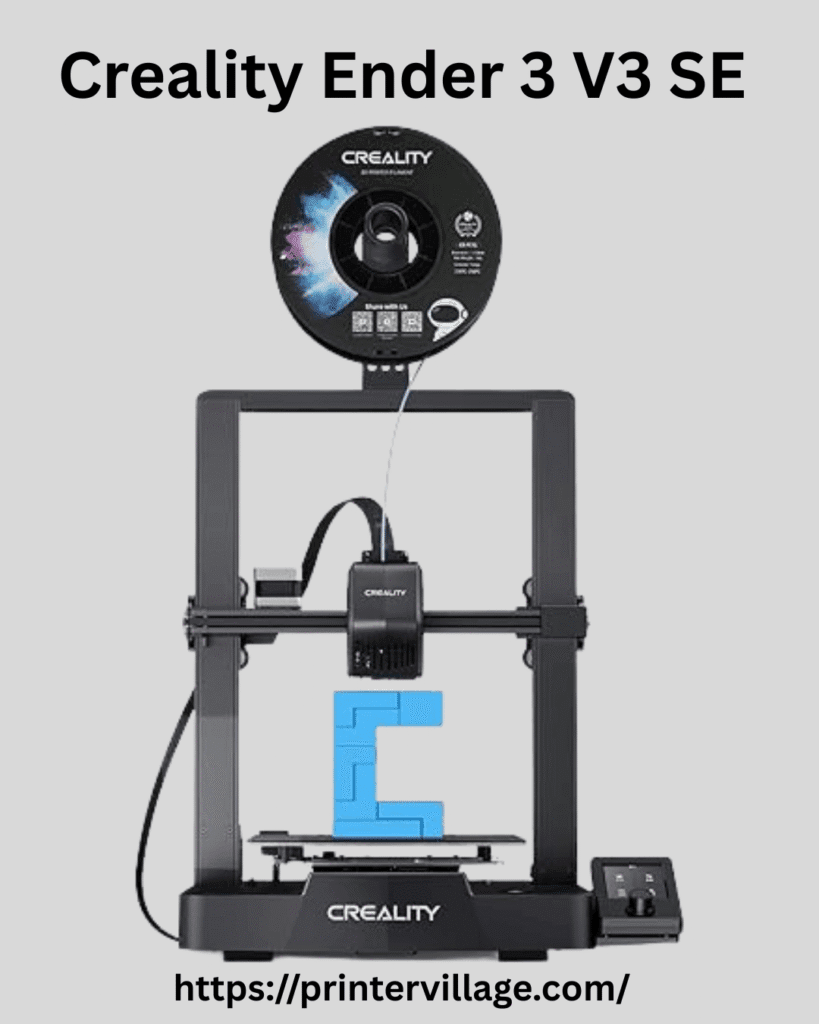
Creality Ender 3 V3 SE
The Ender series has long been a favorite among beginners, and the V3 SE continues this tradition with enhanced features that simplify the printing process.
- Key Features: Automatic bed leveling (CR Touch), fast printing speeds (up to 250mm/s), direct extrusion system for better filament compatibility, easy assembly, and a user-friendly interface.
- Pros: Very affordable, large active community for support, good print quality for the price, reliable automatic leveling.
- Cons: Open frame design, can be slightly noisier than some other models.
- Ease of Use: Assembly is straightforward, and the auto-leveling feature significantly reduces setup headaches. The software is compatible with popular slicing programs.
- Print Quality: Capable of producing detailed PLA prints with good accuracy.
- Price Range: Typically found in the budget-friendly category.
- Why it’s great for beginners: Its combination of affordability, ease of use, and reliable performance makes it an excellent entry point into 3D printing.

AnkerMake M5C
Anker, known for its quality electronics, has entered the 3D printing market with the M5C, a compact and user-friendly option perfect for beginners.
- Key Features: Fast printing speeds (up to 500mm/s), integrated Wi-Fi for remote control and monitoring via a mobile app, automatic bed leveling, and a streamlined design.
- Pros: Very easy to set up and use, excellent print quality, fast printing capabilities, convenient app control.
- Cons: Smaller build volume compared to some other beginner models, might be slightly more expensive than very basic entry-level options.
- Ease of Use: Designed with simplicity in mind, the setup process is quick, and the app interface is intuitive for beginners.
- Print Quality: Delivers impressive print quality with smooth surfaces and good detail.
- Price Range: Mid-range beginner printer.
- Why it’s great for beginners: Its focus on ease of use, reliable performance, and convenient features like app control makes it a compelling choice for those new to 3D printing.
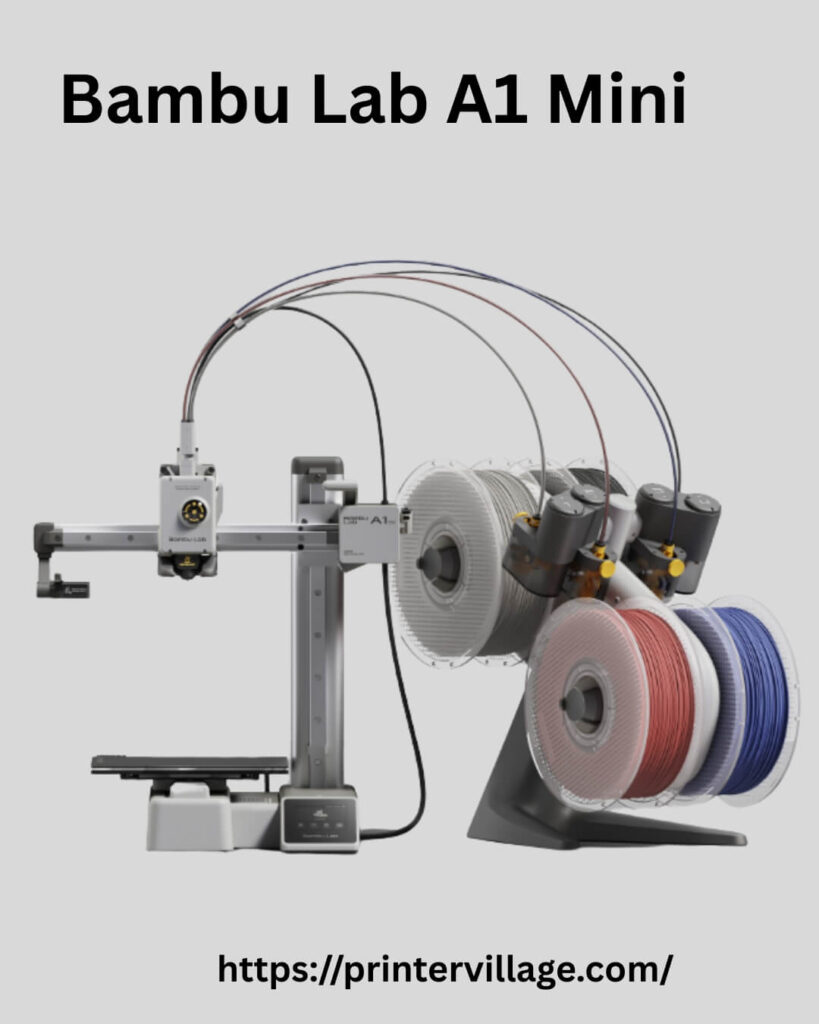
Bambu Lab A1 Mini
Bambu Lab has quickly gained a reputation for producing high-quality, user-friendly printers, and the A1 Mini is no exception, offering advanced features in a beginner-friendly package.
- Key Features: Multi-color printing capability (with optional AMS lite), automatic bed leveling, vibration compensation for improved print quality at higher speeds, user-friendly touchscreen interface, and Wi-Fi connectivity.
- Pros: Excellent print quality, multi-color printing opens up creative possibilities, very easy to set up and use, quiet operation.
- Cons: Can be more expensive than basic beginner models, the AMS lite for multi-color printing is an additional cost.
- Ease of Use: The automatic calibration and intuitive interface make it exceptionally easy for beginners to get started.
- Print Quality: Produces high-quality prints with fine details and smooth surfaces.
- Price Range: Higher end of the beginner category.
- Why it’s great for beginners: While slightly pricier, its advanced features and ease of use provide a premium beginner experience, especially for those interested in multi-color printing. ## Comparison Table: Beginner 3D Printer Showdown
Comparison Table: Beginner 3D Printer Showdown
| Feature | Creality Ender 3 V3 SE | AnkerMake M5C | Bambu Lab A1 Mini |
|---|---|---|---|
| Build Volume | 220x220x250mm | 220x220x250mm | 180x180x180mm |
| Layer Resolution | 100-300 microns | 100-300 microns | 50-300 microns |
| Heated Bed | Yes | Yes | Yes |
| Price | Budget-friendly | Mid-range | Higher-end |
| Ease of Use Rating | 4/5 | 5/5 | 5/5 |
| Auto Bed Leveling | Yes (CR Touch) | Yes | Yes |
| Connectivity | USB, SD Card | Wi-Fi, USB | Wi-Fi, USB, SD Card |
Tips for First-Time 3D Printer Users
Once you’ve chosen your first 3D printer, here are a few essential tips to help you get started on the right foot:
- Start with Simple Prints: Don’t try to tackle complex multi-part projects right away. Begin with basic, single-piece prints to understand your printer’s capabilities and the slicing process.
- Familiarize Yourself with Slicing Software: Slicing software (like Cura, PrusaSlicer, or the printer manufacturer’s recommended software) converts your 3D model into instructions that your printer can understand. Take the time to learn the basic settings.
- Learn About Different Filament Types: PLA (Polylactic Acid) is the most recommended filament for beginners due to its ease of printing, biodegradability, and wide availability. Experiment with different colors once you’re comfortable with the basics.
- Join Online Communities: Platforms like Reddit (r/3Dprinting), manufacturer forums, and Facebook groups are invaluable resources for troubleshooting, sharing ideas, and learning from other users.
- Don’t Be Afraid to Experiment and Troubleshoot: 3D printing often involves a bit of trial and error, especially in the beginning. Don’t get discouraged by failed prints. Learn from them, adjust your settings, and keep trying!
Conclusion
The world of 3D printing offers incredible opportunities for creativity and innovation, and getting started has never been easier. By understanding the key features to look for and considering beginner-friendly models like the Creality Ender 3 V3 SE, AnkerMake M5C, and Bambu Lab A1 Mini, you can confidently choose a printer that aligns with your needs and budget.
Remember to prioritize ease of use, reliability, and community support as you embark on this exciting journey. So, take the plunge, unleash your imagination, and start bringing your digital designs into the physical world. Happy printing!
Frequently Asked Questions (FAQs) for Beginner 3D Printer Buyers
Q: What is the best 3D printer for beginners with a tight budget?
The Creality Ender 3 V3 SE is often cited as an excellent budget-friendly option. It offers a good balance of features, print quality, and a large community for support, making it a great starting point without breaking the bank.
Q: Is 3D printing difficult for someone with no prior experience?
While there’s a learning curve involved, modern beginner-friendly 3D printers are designed to be as user-friendly as possible. Features like automatic bed leveling and intuitive software help simplify the process. Starting with simple prints and utilizing online resources can make the learning process much smoother.
Q: What is the most common material used for 3D printing by beginners?
PLA (Polylactic Acid) is the most popular filament for beginners. It’s easy to print with, doesn’t require a heated bed in many cases (though it helps), comes in a wide range of colors, and is relatively inexpensive and biodegradable.
Q: Do I need to assemble a 3D printer myself?
It depends on the model. Some beginner printers, like the AnkerMake M5C and Bambu Lab A1 Mini, often come mostly or fully assembled, requiring minimal setup. Others, like some variations of the Ender 3, might require more assembly, though the process is usually well-documented with clear instructions.
Q: What software do I need for 3D printing?
You’ll primarily need slicing software. This program takes your 3D model (typically in STL format) and converts it into layers that the 3D printer can understand. Popular free options include Cura and PrusaSlicer, and printer manufacturers often provide their own recommended software.
Q: How much does it cost to run a 3D printer?
The cost depends on several factors, including the price of the filament, electricity consumption, and any maintenance or replacement parts. PLA filament typically costs between $15-$30 per kilogram. Electricity costs are generally low, similar to running a small appliance.
Q: Are 3D printers safe to use at home?
Generally, yes, but it’s important to follow safety guidelines. Ensure proper ventilation, especially when printing with materials that may release fumes (though PLA is relatively safe). Keep the printer away from flammable materials and supervise children when they are near a running printer. Enclosed printers offer an extra layer of safety.
Q: What kind of things can a beginner make with a 3D printer?
Beginners can create a wide variety of objects, including toys, decorative items, phone stands, small tools, replacement parts for household items, cookie cutters, and educational models. The possibilities are vast and expand as your skills develop.
Q: How long does it take to print something?
Print times can vary greatly depending on the size and complexity of the object, the layer resolution chosen, and the print speed settings. Simple, small objects might take an hour or two, while larger, more detailed prints can take several hours or even overnight.
Q: Where can I find 3D models to print?
There are many online repositories where you can find free and paid 3D models, such as Thingiverse, Printables, and Cults3D. You can also learn to design your own models using CAD (Computer-Aided Design) software like Tinkercad (a free, beginner-friendly option).
